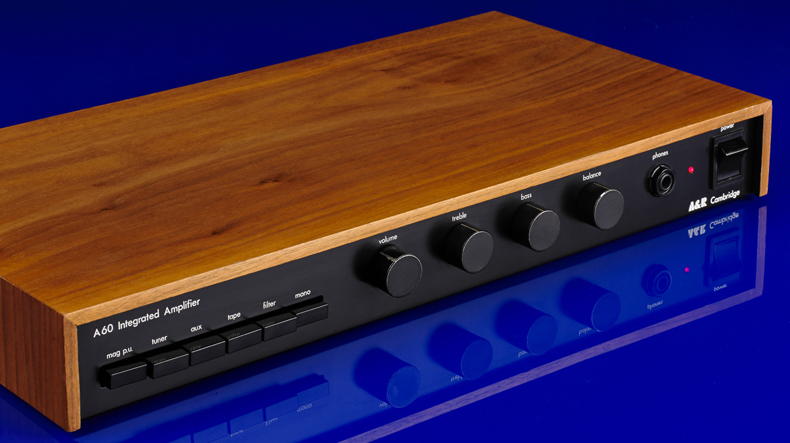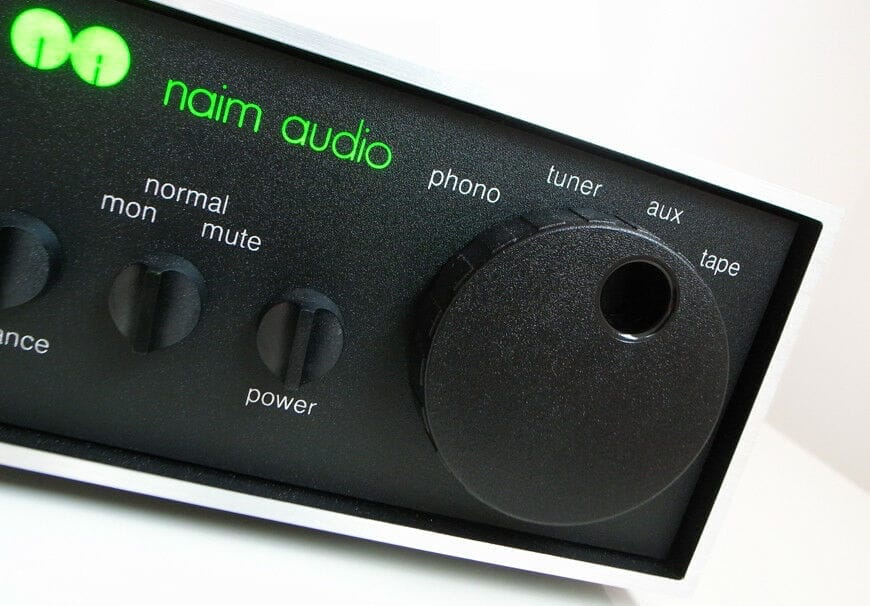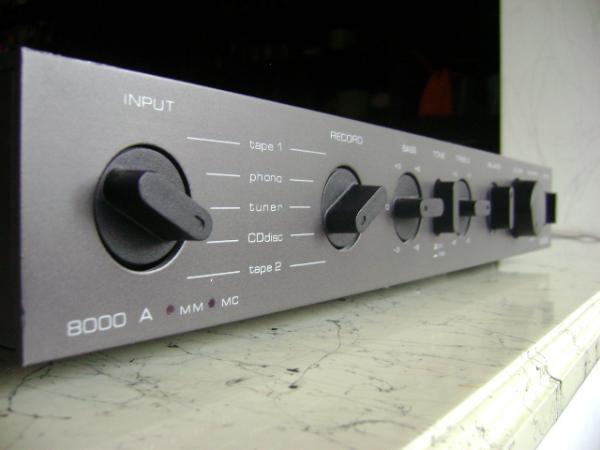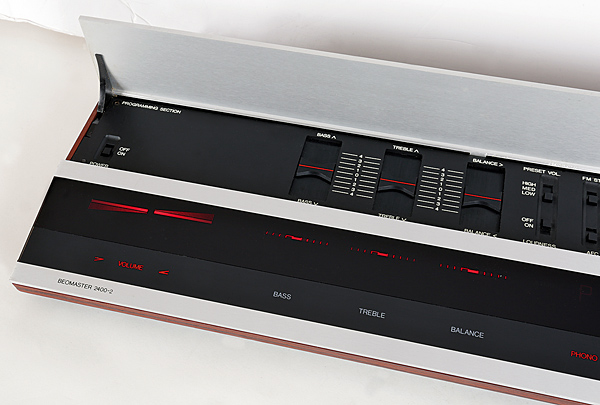One of the most iconic names in British hi-fi, Harold Joseph Leak founded this now-defunct company in London in 1934, later selling it to the Rank Organisation in January 1969, when its fortunes began to falter. Between these times, and particularly in the 1950s and 1960s, the brand was known for high-quality amplifiers, radio tuners, and loudspeakers. It also had a good turntable and pickup arm, though these were not as well-known.
Leak found early success with Public Address amplifiers; they weren’t groundbreaking in terms of technology, but they were meticulous in terms of build quality and finish. The first Point One amplifier was released after WWII, and it was named for its claimed total harmonic distortion of 0.1 percent at full rated output, which was an exceptional result at the time. The TL/12, based on the Point One but far less expensive, appeared three years later, in 1948.
It was a hit with the fledgling domestic hi-fi market. It utilized a pair of Mullard KT66 tubes in push-pull mode, in a relatively unstressed state, to produce a reported 12 watts. It includes an octal input socket that also supplies power to a companion Leak preamplifier, similar to the Stereo 20 that appeared shortly after. However, this isn’t a good idea from a sound standpoint; while the power amp is capable of great things, the preamp isn’t. An MF Audio Passive Pre or even a DIY passive preamp with a good quality ALPS pot would be my recommendation.
The KT66 kinkless tetrode is included in the TL12, and it’s one of the best power valves ever built, having a wonderful, smooth, open, and musical tone. It’s a ‘old school’ kind of performance, albeit it’s still a little more peppy and punchy than, say, a Quad II. The Leak draws you in and captures the essence of the music; at the same time, it’s incredibly creamy (due in part to its valve-rectified power supply) and surprisingly vivid for such a vintage gadget. For better or worse, it sounds nothing like a modern valve amplifier.
Any TL/12 buy these days may require significant rebuilding; the amplifier’s quality was excellent, but key passive components, such as the oil-impregnated paper dielectric coupling capacitors, are far past their prime. The strong steel chassis is gorgeously stove-enamelled gold or bronze, with great internal wiring and circuitboard arrangement. The cost of a used amplifier is determined by how much it has been tampered with and/or destroyed; repaired amps are rarely a match for the original. Price reflects what was done and how well it was done at the time – expect to pay between £150 and £500 depending on condition.







